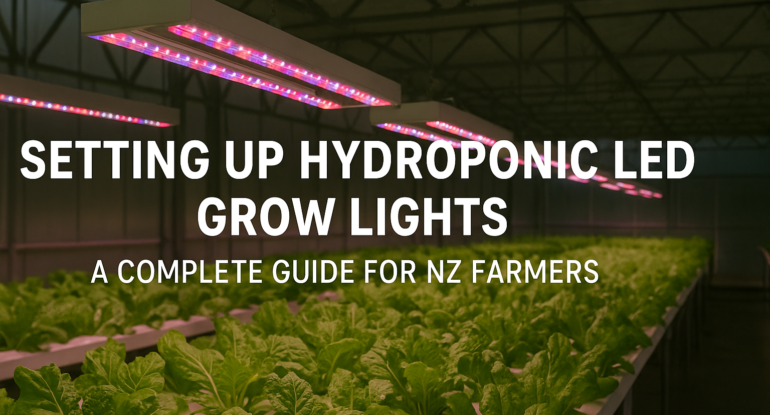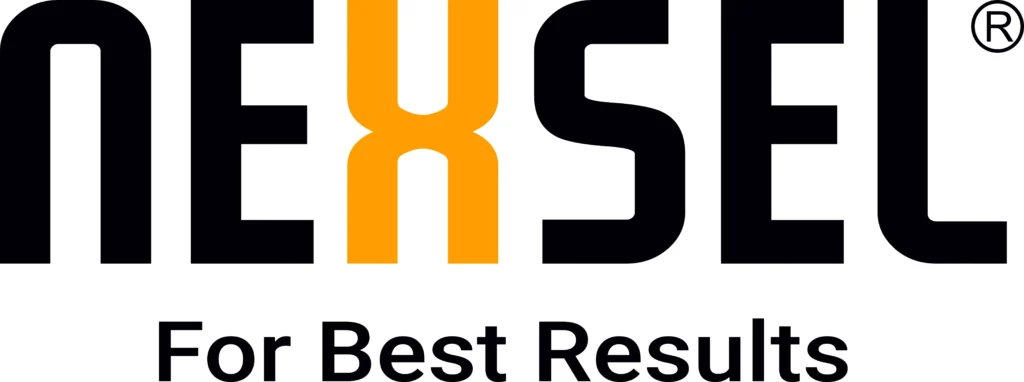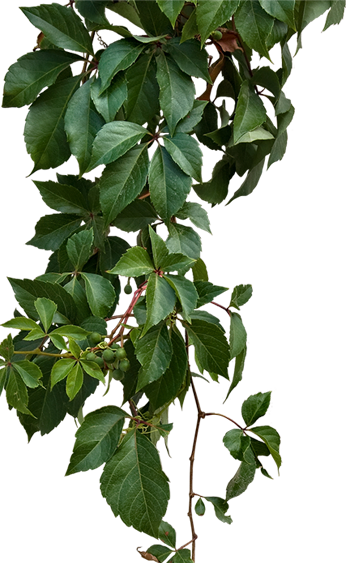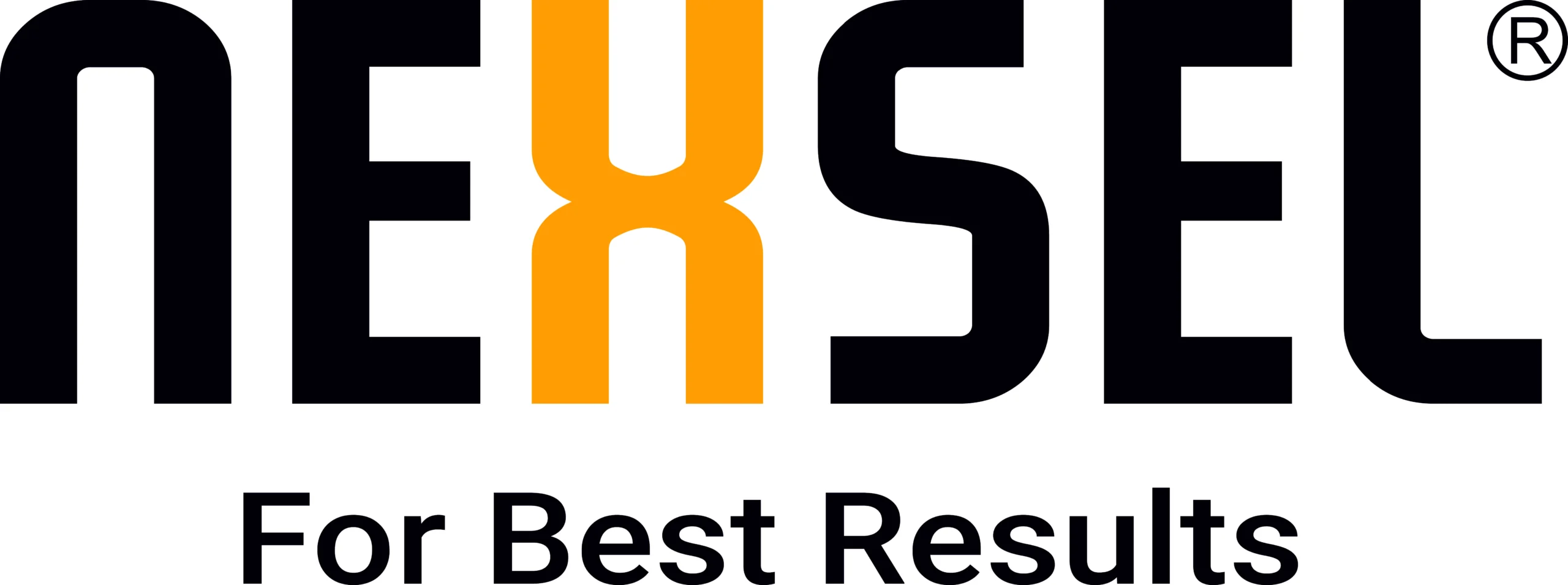
20
Jun
Indoor Farming in New Zealand: A Complete Guide to Growing Food Indoors All Year Round
Indoor farming is rapidly transforming agriculture in New Zealand. With changing climates, rising land prices, and a growing population, the demand for sustainable, space-efficient, and year-rund food production methods is higher than ever. Whether you’re a commercial grower or an enthusiastic hobbyist, indoor farming offers a smart and innovative way to grow fresh vegetables, herbs, fruits, and even microgreens—all without needing a backyard. In this comprehensive guide, we’ll explore what indoor farming is, how it’s gaining popularity in New Zealand, and how you can set up a successful system using LED grow lights, hydroponics, vertical farming techniques, and smart controls. What is Indoor Farming? Indoor farming, also known as controlled environment agriculture (CEA), is the practice of growing crops inside buildings using technologies like: LED grow lights Hydroponics or aeroponics systems Climate control Vertical farming racks Automated irrigation Unlike traditional farming, indoor farming allows you to control light, temperature, humidity, CO₂, and nutrients to create the perfect environment for plant growth. Why Indoor Farming is Gaining Momentum in New Zealand New Zealand’s agriculture sector is iconic, but it also faces challenges like: Land scarcity in urban areas Changing weather patterns High water usage Rural-to-urban shift of workforce As a result, urban farming and indoor agriculture are becoming viable solutions, especially in cities like Auckland, Wellington, and Christchurch. New Zealand’s clean energy and advanced agritech infrastructure further support this evolution. Top Benefits of Indoor Farming 1. Year-Round Crop Production Indoor farms are not weather-dependent. Whether it’s winter in Christchurch or heavy rains in Auckland, your crops continue to grow. 2. Saves Space With vertical farming setups, you can grow 10x more in the same area using stacked racks and efficient lighting. 3. Water Efficiency Hydroponics uses up to 90% less water than traditional soil farming, which is a game-changer in regions with water restrictions. 4. Pest and Disease Control Controlled indoor environments significantly reduce pest infestations and eliminate the need for harmful pesticides. 5. Proximity to Market You can grow and supply food directly in urban centres, reducing transportation costs and carbon footprint. Core Technologies Used in Indoor Farming 1. LED Grow Lights (Full-Spectrum) LED grow lights are crucial for indoor farming in NZ where natural light may be limited. Look for: Full-spectrum LED lights to mimic sunlight High PAR values for faster growth Energy-efficient models to reduce power costs Popular NZ keyword: LED grow lights for indoor farming NZ 2. Hydroponics Systems Hydroponics is a soil-free growing method using water mixed with nutrients. Systems include: Nutrient Film Technique (NFT) Deep Water Culture (DWC) Drip Systems Hydroponics is perfect for leafy greens, lettuce, basil, spinach, and strawberries. Popular NZ keyword: Hydroponic farming NZ 3. Climate Control and Sensors To ensure optimal conditions: Use humidity & temperature sensors Install automated exhaust systems Use timers and smart apps to control light cycles and watering 4. Vertical Farming Racks These modular shelving systems are ideal for maximizing indoor space. Use aluminum frames and adjustable LED lights between layers for optimal plant access. Steps to Start Your Indoor Farm in New Zealand ✅ Step 1: Define Your Goals Commercial sale, home use, or educational purpose? Choose between leafy greens, herbs, microgreens, or exotic plants. ✅ Step 2: Choose a Suitable Indoor Space Spare room, garage, basement, shipping container, or commercial warehouse Ensure access to power and ventilation ✅ Step 3: Select a Lighting System Use LED grow lights with adjustable spectrums and timers Check local NZ suppliers for affordable options ✅ Step 4: Pick a Growing Method Hydroponics (most popular in NZ) Soil-based (if you’re just starting out) Aeroponics or aquaponics for advanced growers ✅ Step 5: Install Infrastructure Light fixtures Grow trays and racks Water tanks and pumps pH and EC meters Timer switches ✅ Step 6: Start Planting and Monitor Regularly Use seeds from reputable NZ suppliers Track plant growth, water usage, and light hours Harvest frequently and reinvest in scaling Indoor Farming Business Opportunities in New Zealand The indoor farming sector is booming. Here are some trending opportunities: Microgreen production for cafes and restaurants Basil, coriander, and lettuce supply for supermarkets Urban vertical farms in Auckland apartments Tissue culture propagation units Educational hydroponic kits for schools New Zealanders are increasingly choosing locally grown, pesticide-free produce, and indoor farming helps meet this demand. Common Challenges (And How to Overcome Them) Challenge Solution High electricity bills Use energy-efficient LED grow lights with auto shut-off timers Initial investment cost Start small with a DIY hydroponic kit and grow modularly Limited technical knowledge Join indoor farming communities and follow NZ-based agritech forums Mold or algae buildup Regularly clean reservoirs and ensure good airflow Finding the right nutrients Use NZ-certified hydroponic nutrient mixes for leafy greens and herbs Indoor Farming in New Zealand: Future Outlook New Zealand is well-positioned to become a leader in smart, sustainable indoor farming. The government’s interest in food security and sustainable agriculture is accelerating adoption. Agritech companies and startups are exploring AI, IoT, and automation to further improve yield and reduce manual efforts. With smart LED lighting, efficient hydroponic systems, and a growing community of indoor growers, now is the perfect time to invest in indoor farming—whether as a business or a lifestyle. Conclusion Indoor farming isn’t just a trend—it’s the future of food production in New Zealand. From energy-efficient grow lights to smart hydroponic systems, the technology is here, and it’s more accessible than ever. Whether you’re a hobbyist or an aspiring commercial grower, you can start small, scale smart, and grow sustainably. Take the first step today. Embrace the freedom of growing food all year long—indoors, sustainably, and successfully.

06
May
Setting Up Hydroponic LED Grow Lights: A Complete Guide for NZ Farmers
Introduction Hydroponic indoor farming is rapidly gaining traction among New Zealand farmers—offering year-round production, precise nutrient control, and higher yields per square metre. Central to its success are hydroponic LED grow lights, which deliver targeted light spectra for optimal photosynthesis, reduce energy bills, and minimize heat output. Whether you operate a small greenhouse near Auckland or a large commercial setup in Canterbury, this guide will walk you through every step of setting up hydroponic LED lighting—helping you harness the full potential of LED grow lights NZ. Benefits of Hydroponic LED Grow Lights Energy Efficiency: LEDs boast PPE (photosynthetic photon efficacy) ratings above 2.2 µmol/J for commercial-grade fixtures, translating to 40–60% lower electricity costs compared to HPS. Full-Spectrum Lighting: Many hydroponic LED grow lights offer balanced white light or tunable red/blue channels for both vegetative and flowering stages. Low Heat Output: LEDs operate cooler, allowing fixtures to hang closer to the canopy without causing heat stress—ideal for densely packed hydroponic trays. Longevity: Quality LED bars and panels are rated for 50,000+ hours, reducing replacement frequency and maintenance. Precision Control: Dimming and programmable photoperiods let you tailor light intensity and duration to specific crops, increasing yields and uniformity. By integrating hydroponic LED grow lights, NZ farmers can achieve faster growth cycles, tighter climate control, and significant savings on power and cooling infrastructure. Key Components of a Hydroponic LED Lighting System 3.1 LED Grow Lights LED Bars (9 W–17 W): Ideal for multi-tier vertical racks and narrow benches. LED Panels (300 W–600 W): Suitable for large trays and greenhouse aisles. COB/Quantum Boards: High-intensity modules for deep-canopy penetration. 3.2 Hydroponic Growing Trays and Reservoirs Nutrient Film Technique (NFT) Channels: Shallow channels for continuous nutrient flow. Deep Water Culture (DWC) Tubs: Floating rafts for leafy greens. Ebb & Flow Tables: Flood and drain systems for versatile crop choices. 3.3 Lighting Support & Suspension Adjustable Ratchet Hangers: Easy height control without tools. Hard-Mount Rails: Fixed installation for commercial greenhouses. Reflective Hoods: Increase light uniformity and focus. 3.4 Environmental Controls Climate Controllers: Automated temperature, humidity, and CO₂ regulation. Timers & Dimmers: Set precise photoperiods (e.g., 16/8 veg, 12/12 bloom). Ventilation & Cooling Fans: Maintain optimal ambient temperatures, especially in NZ summers. Choosing the Right LED Grow Light for NZ Conditions 4.1 Spectrum and PPFD Requirements Photosynthetically Active Radiation (PAR) spans 400–700 nm. Aim for PPFD (µmol/m²/s) targets: Leafy greens: 300–400 µmol/m²/s Herbs: 400–600 µmol/m²/s Fruit/flower crops: 600–900 µmol/m²/s 4.2 Wattage and Efficiency (PPE) Choose fixtures with PPE ≥ 2.0 µmol/J for hobbyist setups; ≥ 2.2 µmol/J for commercial operations. Calculate required wattage: TotalWattage=DesiredPPFD×CanopyArea(m2)÷PPETotal Wattage = Desired PPFD × Canopy Area (m²) ÷ PPETotalWattage=DesiredPPFD× CanopyArea(m2)÷PPE 4.3 Coverage Area and Uniformity Check manufacturer’s coverage chart for hang height vs. footprint. Ensure uniform PPFD across trays—avoid hotspots by staggering fixtures or using multiple LED bars. 5. Step-by-Step Installation Guide 5.1 Site Preparation Clean & Sanitize: Ensure trays, walls, and benches are free of pathogens. Layout Planning: Map tray positions, walkway space, and service access. Electrical Check: Verify circuits can handle the load; install dedicated lines if necessary. 5.2 Mounting and Placement of LED Lights Measure Canopy Area: Determine length and width to calculate number of fixtures. Hang Lights: Use ratchet hangers at recommended heights (see Section 3.3). Align Fixtures: Overlap coverage zones by 10–15% to ensure uniformity. 5.3 Connecting to Power and Controls Group Fixtures: Wire panels/bars to common dimmer/timer channels. Install Timers/Dimmers: Program photoperiods and intensity ramps (e.g., dawn/dusk sim). Test Circuits: Turn on each zone individually; verify proper operation. 5.4 Setting Photoperiod and Intensity Vegetative Stage: 16–18 hours ON, 6–8 hours OFF Flowering Stage: 12 hours ON, 12 hours OFF Dimming: Start seedlings at 50% intensity, ramp up by 10% increments over a week. 6. Optimizing Light for Different Crops 6.1 Leafy Greens and Herbs Light Level: 300–400 µmol/m²/s Fixture Recommendation: 17 W LED bars spaced every 30 cm for narrow trays. 6.2 Fruit-Bearing and Flowering Crops Light Level: 600–800 µmol/m²/s Fixture Recommendation: 600 W panels hung 25 cm above canopy; supplement with red spectrum during bloom. 6.3 Seedlings and Clones Light Level: 100–200 µmol/m²/s Fixture Recommendation: Low-wattage panels or under-rack LED bars, dimmed to ~50%. 7. Maintenance & Troubleshooting 7.1 Cleaning and Inspection Bi-monthly: Wipe down LED lens covers and heatsinks to remove dust and humidity residue. Quarterly: Check wiring connections for corrosion or wear. 7.2 Monitoring Light Output Use a PAR meter to log PPFD readings at canopy level. Track changes—if PPFD drops >15%, clean fixtures or adjust hang height. Issue Possible Cause Solution Uneven Growth Light hotspots/low zones Reposition fixtures; add reflectors Leaf Bleaching or Curling Excessive intensity or heat Raise fixtures; lower PPFD by 10–20% Fixture Shutdowns Overheating or electrical trip Inspect cooling fans; upgrade circuit breakers 8. New Zealand–Specific Considerations 8.1 Seasonal Energy Costs Winter (May–Aug): Short daylight leads to longer run times—optimize schedules to avoid peak–rate hours. Summer (Nov–Feb): Increased ambient temperature may require additional cooling—use LEDs’ low heat output to your advantage. 8.2 Local Suppliers and Warranty Growlight.co.nz stocks Nexsel Tech fixtures with NZ warranty and local technical support. Lead Times: 3–5 business days for major centers; allow 7–10 days for rural deliveries. 8.3 Regulatory Compliance Ensure CE and RoHS certifications for electrical safety. Follow NZ’s Electrical (Safety) Regulations when installing commercial circuits. 9. Maximizing ROI and Sustainability Energy Savings: LEDs can cut electricity usage by 40–60%, yielding payback in 12–18 months on commercial panels. Water Efficiency: Hydroponic systems use up to 90% less water; combined with LED lighting, this boosts your sustainability credentials. Carbon Footprint: Lower energy draw reduces greenhouse gas emissions—a key consideration for NZ’s growing export market. 10. Conclusion & Next Steps Implementing a hydroponic LED grow light system is a strategic investment for New Zealand farmers—delivering consistent yields, reduced operating costs, and year-round production. Follow this guide to: Select fixtures with the right spectrum, PPE, and coverage for your crop. Install with precision—align fixtures, program timers, and ensure proper ventilation. Maintain regularly—clean, monitor PPFD, and troubleshoot promptly. Optimize schedules seasonally to manage energy costs in



